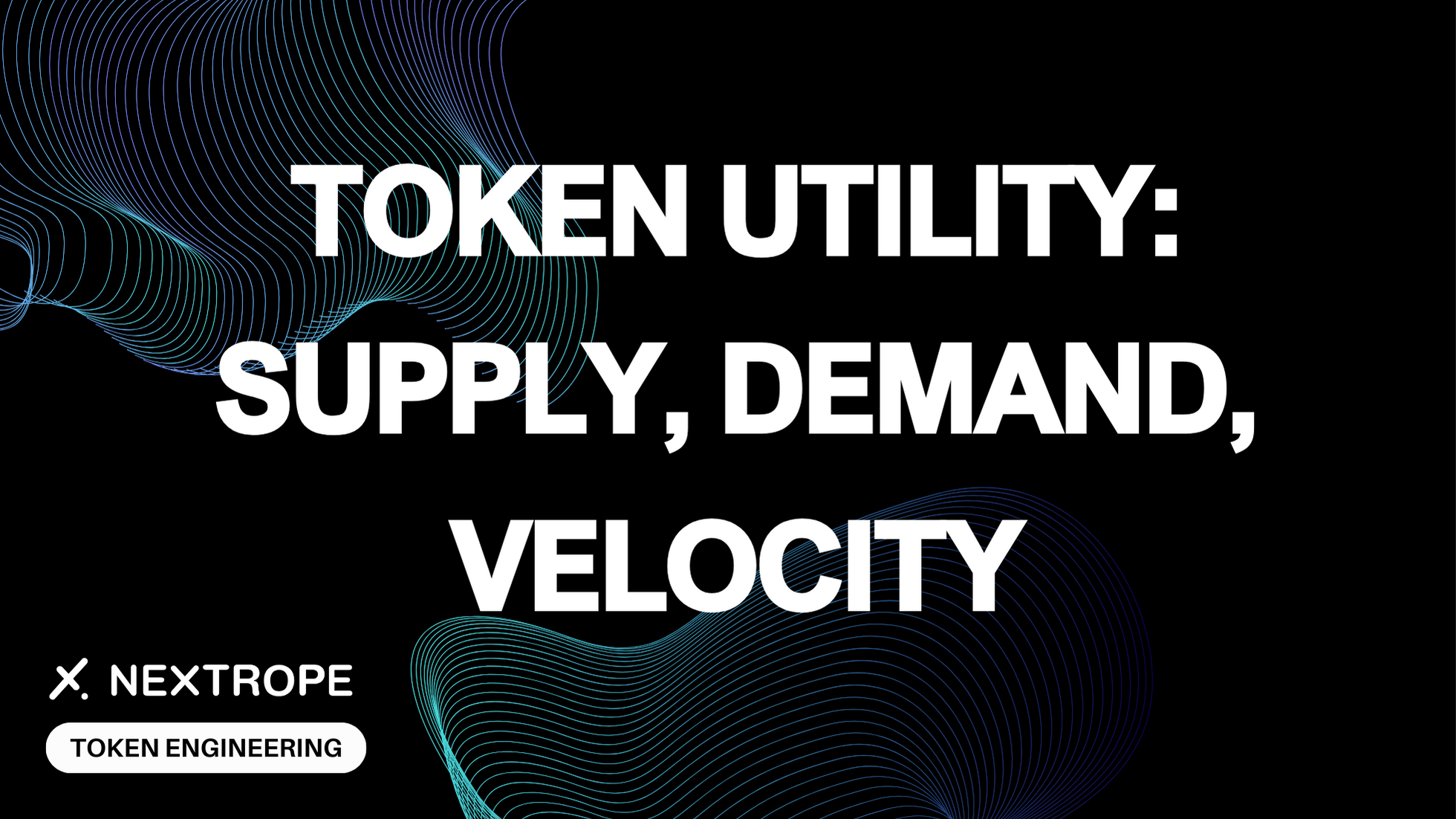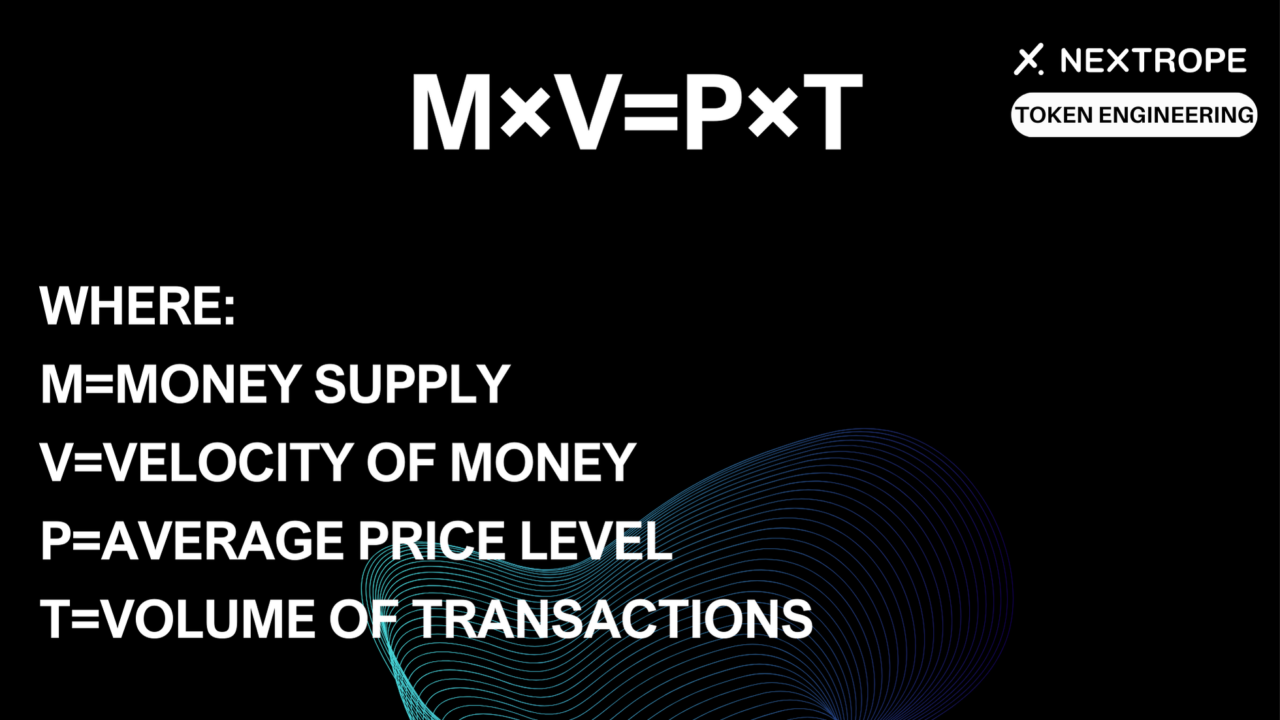
This article embarks on a journey through the multifaceted landscape of token utility. It dissects the influence of supply, demand, and velocity. We include practical information that can be utilized during the process of crypto assets valuation.
The Supply Side: Scarcity and Abundance
The concept of scarcity as a value driver is deeply rooted in human psychology; it’s what transforms simple metals into precious commodities. In the realm of cryptocurrencies, this principle has been adopted with fervor, giving rise to the “digital gold” narrative. Let’s delve into how supply shapes the world of token utility and the broader implications it holds.
Fixed Supply and Deflationary Models
- The Allure of Limitation: Crypto-architects often imbue their tokens with a fixed supply, aiming to mimic the scarcity of resources like gold. This artificial scarcity is designed to create a deflationary environment. It holds the premise that as demand escalates, so too will the value for the lucky holders.
- Scarcity and Value: The perceived value of supply-limited tokens is based on a simple market principle. When an item is rare, and demand outstrips supply, prices should theoretically rise. This underpins the investment cases for many cryptocurrencies.
Token Sinks and Their Limitations
- Combatting Inflation: Token sinks, such as burning and staking, are strategic maneuvers employed to curtail supply actively. The logic is straightforward: decrease supply to bolster value.
- A Closer Inspection: While reducing the token count through sinks may initially drive up value, it’s not a panacea. Such tactics provide only temporary relief in the face of absent or low token utility.
- Sustainable Scarcity: Tokens should have intrinsic value. There must be a reason for users to hold it beyond the mere expectation of appreciation due to scarcity. Without real-world utility or a compelling use case, scarcity alone may not sustain the long-term value of a token.
In the still-maturing world of blockchain economies, the supply of tokens is but one piece of the puzzle. In the subsequent sections, we’ll explore how demand and velocity interact to form the complete picture of tokenomics.
Creating and Sustaining Demand
The true test for any cryptocurrency is not just its scarcity but the demand for it in the market. Demand is the engine that drives the token’s acceptance and value.
Utility-Driven Demand
- Beyond Speculation: While speculative trading can inflate prices temporarily, lasting demand is fueled by a token’s utility. This includes its use in transactions, its role in governance, or its ability to grant access to certain services or rewards within its ecosystem.
- Real-World Applications: The more a token can be used for real-world purposes, the more essential it becomes. Tokens that solve genuine problems or enhance the user experience in noticeable ways tend to cultivate more sustainable demand.
Understanding Velocity in the Token Economy
The concept of velocity in token economics often remains underappreciated, yet it is a vital factor in the valuation and stability of a cryptocurrency.
The Relationship Between Velocity and Value
- Defining Velocity: Velocity is the rate at which a token changes hands in an economy. A high velocity means the token is frequently traded, which can suggest a thriving economy or, conversely, indicate a lack of incentive to hold the token long-term.
- Impact on Token Value: While traditional economies aim for a balanced velocity of money, the crypto economy faces unique challenges that can make high velocity a sign of instability.
The Misapplication of MV = PQ in Crypto Valuations

- Classical Economics Meets Crypto: The MV = PQ equation, while a mainstay in traditional economics, doesn’t neatly apply to the decentralized and often speculative nature of cryptocurrencies.
When velocity is too high, it indicates that tokens are not held onto, which can suggest a lack of compelling reasons to keep the token for long-term value. On the other hand, extremely low velocity can signal a stagnant market or hoarding behavior, where tokens are not being used for their intended purpose, thus hindering the ecosystem’s activity and growth.
To manage velocity effectively, developers can introduce features like time-locked contracts to reward longer holds or implement burn-and-mint mechanisms that adjust the token supply relative to its use in transactions. Also, by aligning token utility with the platform’s growth—such as through loyalty programs or tiered services—users are encouraged to engage with the token economically, increasing its velocity in a controlled and beneficial manner.
Balancing the Three Pillars
Creating a successful token requires more than just technical prowess; it necessitates a nuanced understanding of economic principles and market behavior. Achieving an equilibrium between supply, demand, and velocity is akin to finding the perfect pitch in a complex symphony.
Designing for Sustainability
Strategic planning is the bedrock of sustainable token design. It involves implementing adaptive supply mechanisms that respond to the natural ebb and flow of the market. These mechanisms must discourage harmful practices like hoarding during bull runs or panic selling during downturns, which can create swings in token velocity. A great example of a blockchain with adaptive governance is Ethereum.
Utility must be at the forefront of a token’s design — it must offer something of real value. Whether it’s through enabling seamless transactions, allowing holders to participate in governance, or providing access to exclusive services, utility ensures that a token remains in demand.
A supportive and engaged community is also a hallmark of a balanced token economy. When token holders feel they are part of the project’s journey, they’re more likely to use the token as intended rather than speculate on its price. This sentiment can help stabilize the velocity, as the community-driven use of the token creates a steady stream of transactions.
Conclusion
Token utility is not just a buzzword; it’s the heartbeat of any cryptocurrency’s value proposition. It stands as the crucial element in balancing the triad of supply, demand, and velocity. In this exploration, we’ve uncovered that while scarcity can bolster value, it is the token’s real-world use and the economic incentives it creates that sustain demand and manage velocity.
Cryptocurrency is not a static field; it’s an ever-shifting landscape that requires agility and foresight. As we continue to push the boundaries of what blockchain can achieve, we also continue to learn, adapt, and grow. Token utility, when deeply integrated and thoughtfully executed, remains the linchpin of this vibrant and burgeoning economy.
FAQ
How to manage token supply?
- Employ scarcity tactics like burning tokens to reduce supply and staking mechanisms to lock tokens temporarily, balancing the supply to increase value.
How to address velocity’s impact?
- Mitigate high velocity’s potential to decrease value by incentivizing longer holding periods or creating utilities that encourage users to circulate tokens more slowly.
What’s the most important pillar?
- All are important, but in our opinion, the demand has the biggest influence over the project’s success.


